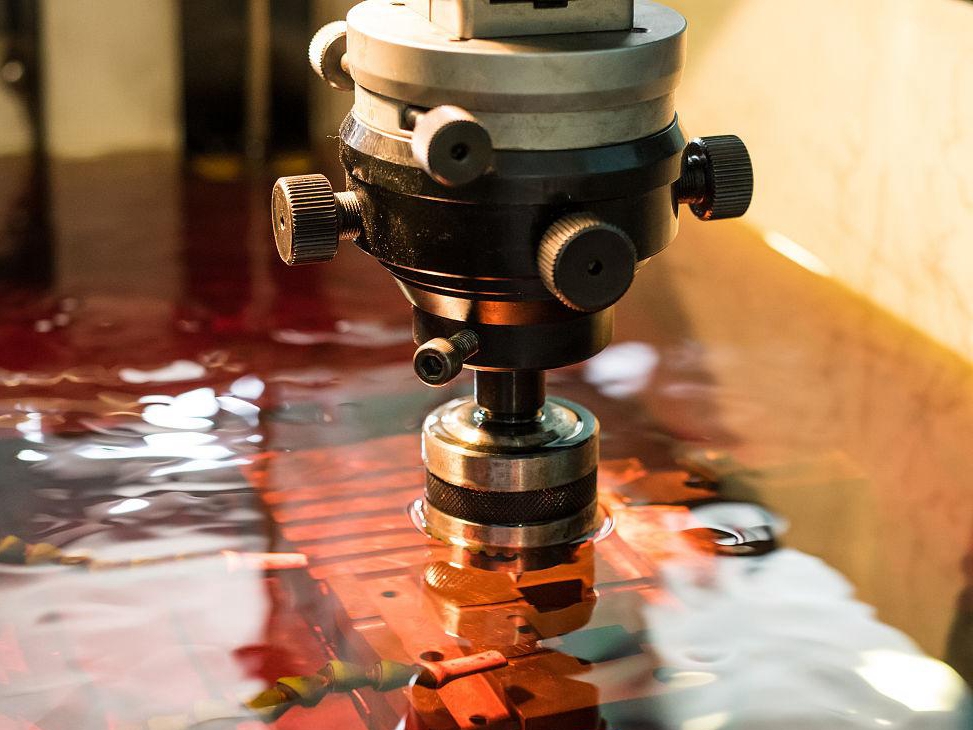Inconel 718
Inconel 718 3D Printing Materials Introduction
Inconel 718 is a nickel-chromium superalloy characterized by superior strength, exceptional fatigue resistance, and remarkable corrosion performance at elevated temperatures up to 700°C. Its balanced composition ensures robust weldability and outstanding creep-rupture properties, making it the preferred material in additive manufacturing for high-demand industries.
Industries such as aerospace, automotive, and energy extensively leverage superalloy 3D printing with Inconel 718 to produce complex, high-performance components. Its consistent performance in extreme operational environments positions it as an essential solution for applications requiring both precision and durability, notably in turbine engines, high-temperature fasteners, and critical structural parts.
Inconel 718 Similar Grades Table
The table below lists equivalent grades of Inconel 718 in various international standards, including China:
Country/Region | Standard | Grade Name or Designation |
|---|---|---|
USA | UNS | N07718 |
USA | AMS | AMS 5662 / AMS 5663 |
USA | ASTM | ASTM B637 |
Germany | W.Nr. (DIN) | 2.4668 (NiCr19Fe19Nb5Mo3) |
France | AFNOR | NC19FeNb |
China | GB | GH4169 |
Inconel 718 Comprehensive Properties Table
Category | Property | Value |
|---|---|---|
Physical Properties | Density | 8.19 g/cm³ |
Melting Point | 1260–1336°C | |
Thermal Conductivity | 11.4 W/(m·K) at 20°C | |
Specific Heat Capacity | 435 J/(kg·K) | |
Thermal Expansion | 13.0 µm/(m·K) at 20–100°C | |
Chemical Composition (%) | Nickel (Ni) | 50.0–55.0 |
Chromium (Cr) | 17.0–21.0 | |
Iron (Fe) | Balance | |
Niobium (Nb) | 4.75–5.5 | |
Molybdenum (Mo) | 2.8–3.3 | |
Titanium (Ti) | 0.65–1.15 | |
Aluminum (Al) | 0.2–0.8 | |
Mechanical Properties | Tensile Strength | ≥1250 MPa |
Yield Strength (0.2%) | ≥1035 MPa | |
Elongation at Break | ≥12% | |
Modulus of Elasticity | 205 GPa | |
Hardness (HRC) | 36–40 |
3D Printing Technology of Inconel 718
Commonly employed technologies for printing Inconel 718 include Selective Laser Melting (SLM), Electron Beam Melting (EBM), and Direct Metal Laser Sintering (DMLS). These methods effectively leverage Inconel 718's unique properties, providing exceptional strength, complex geometries, and high-precision tolerances essential for demanding industrial applications.
Applicable Process Table
Technology | Precision | Surface Quality | Mechanical Properties | Application Suitability |
|---|---|---|---|---|
SLM | ±0.05–0.2 mm | Excellent | Excellent | Aerospace, Automotive |
DMLS | ±0.05–0.2 mm | Very Good | Excellent | Aerospace, Medical Implants |
EBM | ±0.1–0.3 mm | Good | Very Good | Energy, High-temperature parts |
Inconel 718 3D Printing Process Selection Principles
When precision and surface finish are paramount, Selective Laser Melting (SLM) is recommended. It delivers dimensional tolerances between ±0.05 mm and ±0.2 mm and provides superior surface quality, ideal for aerospace and automotive components requiring fine detail and high mechanical performance.
Direct Metal Laser Sintering (DMLS) is well-suited for intricate geometries and medical-grade implants, with achievable dimensional accuracy of ±0.05 mm to ±0.2 mm and very good surface quality. This process ensures excellent mechanical properties suitable for highly specialized and precision-driven applications.
For high-volume, thick-walled components where rapid production is essential, Electron Beam Melting (EBM) is the preferred choice. It offers dimensional tolerances from ±0.1 mm to ±0.3 mm, delivering good surface finish and very good mechanical properties, making it particularly suitable for the energy industry and high-temperature parts manufacturing.
Inconel 718 3D Printing Key Challenges and Solutions
Residual stress and distortion present significant challenges due to the rapid heating and cooling cycles during the additive manufacturing of Inconel 718. Utilizing optimized support structures and performing Hot Isostatic Pressing (HIP) at pressures around 100–150 MPa and temperatures between 1120–1200°C effectively minimizes residual stress and distortion.
Porosity is another critical issue in Inconel 718 parts, typically caused by gas entrapment or incomplete powder fusion. Fine-tuning laser parameters, such as power (200–400 W) and scan speed (800–1200 mm/s), combined with post-processing treatments like HIP, significantly reduces internal porosity, achieving densities up to 99.9%.
Surface roughness of additively manufactured components typically ranges between Ra 6–15 µm, which can affect component performance. Post-processing methods such as precision CNC machining or electropolishing are recommended to achieve surface finishes as low as Ra 0.4–1.6 µm, meeting stringent industry standards.
Powder contamination due to oxygen or humidity exposure can severely degrade mechanical properties. Ensuring strict environmental control, maintaining oxygen levels below 500 ppm, and using controlled-atmosphere chambers during printing preserve powder integrity and consistent high-quality outcomes.
Industry Application Scenarios and Cases
Inconel 718's superior properties are leveraged extensively across multiple industries:
Aerospace and Aviation: Turbine blades, combustion chambers, and engine casings require high-temperature strength and durability.
Automotive: High-performance turbocharger components and exhaust systems demanding thermal stability and corrosion resistance.
Energy and Power: Gas turbine parts and high-temperature valves are essential for operational reliability in harsh conditions.
Notably, a recent case study highlighted the successful use of SLM-printed Inconel 718 turbine blades, achieving a 30% reduction in lead time and a significant improvement in component lifespan compared to traditional casting methods.
FAQs
What are the critical factors to consider when selecting Inconel 718 for 3D printing?
Which post-processing methods are most effective for improving Inconel 718 surface finish?
How does Inconel 718 compare to other superalloys in additive manufacturing?
What are the typical applications of 3D printed Inconel 718 in aerospace industries?
What common defects occur in Inconel 718 3D printing, and how are they mitigated?



